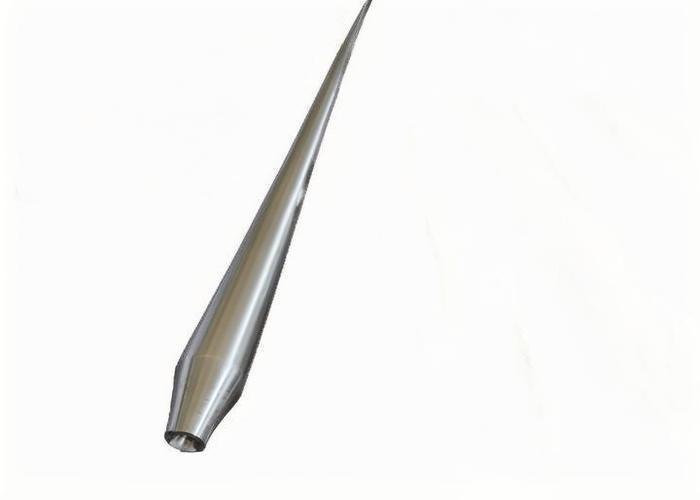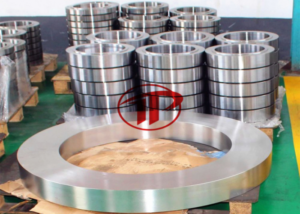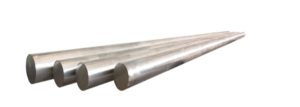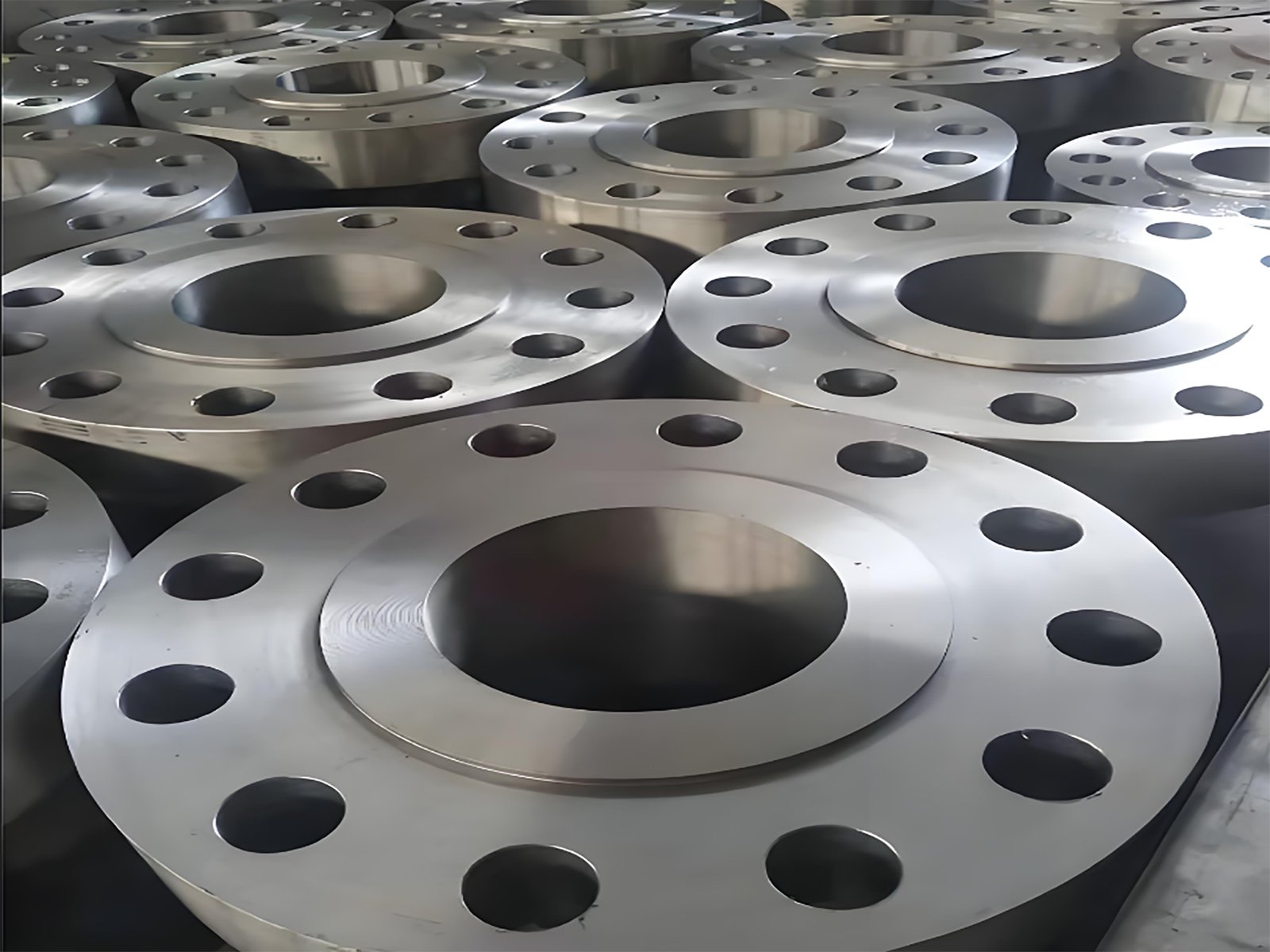Forging is a cornerstone in modern-day manufacturing, turning in most desirable mechanical houses and reliability. Whether you are in oil & gas, aerospace, or car industries, this information helps you rapidly apprehend the core forging processes, their advantages, and how to pick the proper answer for your engineering needs.
What Is Forging?
Forging is a metalworking technique that entails shaping metallic the usage of localized compressive forces, generally below excessive temperature. Unlike casting or machining, forging aligns the grain glide to the section geometry, improving strength, fatigue resistance, and durability.

What Are the Main Types of Forging?
Open Die Forging: Ideal for Large, Complex Components
Open die forging includes urgent heated steel between flat or contoured dies besides enclosing the steel completely. This approach is high-quality for low-volume, large, or custom-shaped components such as shafts, discs, or rings.
Closed Die Forging: High Precision for Mass Production
Also recognized as influence die forging, this system makes use of formed dies to absolutely enclose the material, enabling the manufacturing of complicated shapes with constant quality. It’s extensively used in the automotive, aerospace, and hardware industries.
Ring Rolling: Perfect for Seamless Rings (Bearings, Flanges, and More)
Ring rolling varieties a ring with the aid of increasing a punched-out preform between rollers. It produces seamless rings with splendid structural integrity, in many instances used in flanges, bearings, and tools rings.



Upset Forging: Ideal for Bolts and Shaft-Type Parts
Upset forging will increase the diameter of the metallic with the aid of compressing its length. It is environment friendly for making bolts, heads, shafts, and fasteners.
What Equipment Is Used in Forging?
Common forging equipment includes:
�� Power Hammers – For open die and general forging
�� Hydraulic & Mechanical Presses – For closed die and upset forging
�� Ring Rolling Machines – Specialized for seamless ring production
�� Furnaces – Provide uniform heating for hot forging
�� Precision Dies & Tooling Systems – For consistent shaping in closed die forging
What Temperatures Are Used in Forging?
Forging temperatures vary by material:
Material Type Typical Forging Temperature (°C)
Carbon Steel 1150°C–1250°C
Alloy Steel 1100°C–1200°C
Stainless Steel 1000°C–1150°C
Aluminum Alloys 400°C–500°C
Titanium Alloys 800°C–950°C
Proper temperature ensures optimal metal plasticity and reduces the risk of internal defects or grain growth.
Engineering Benefits of Forging
Greater Strength and Toughness
Forged components have superior strength due to controlled grain flow and deformation hardening.
Excellent Internal Integrity
Forging reduces internal voids, porosity, and inclusions, resulting in more reliable components.
Extended Service Life
Compared to cast or welded parts, forged pieces perform better under fatigue, impact, and high-load conditions.
Suitable for Critical High-Stress Applications
Perfect for parts like crankshafts, turbine shafts, rotors, gears, and pressure vessels.
Typical Applications of Forged Components
Oil & Gas: Flanges, wellhead equipment, connectors
Aerospace: Landing gear, engine flanges, structural links
Automotive: Crankshafts, connecting rods, wheel hubs
Power Generation: Wind turbine shafts, nuclear pipe flanges, impellers



How to Choose the Right Forging Process for Your Project
H3: Key Factors to Consider
Part size and geometry
Annual production volume
Material selection
Cost and lead time
H3: Process Comparison (Open Die vs Closed Die vs Ring Rolling)
Forging Process Features Best For
Open Die Flexible, low tooling cost Large shafts, custom low-volume parts
Closed Die High precision and repeatability Automotive, aerospace, industrial tools
Ring Rolling Seamless rings, efficient forming Bearings, flanges, gear rings
H3: How to Find the Right Forging Supplier




Why Engineers Trust Forging
Forging provides a balanced combination of strength, reliability, and performance. In high-stress environments, forged components outperform castings or welded assemblies, especially where safety and longevity matter most.











